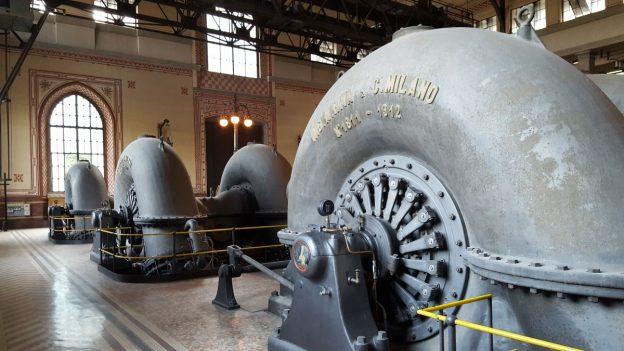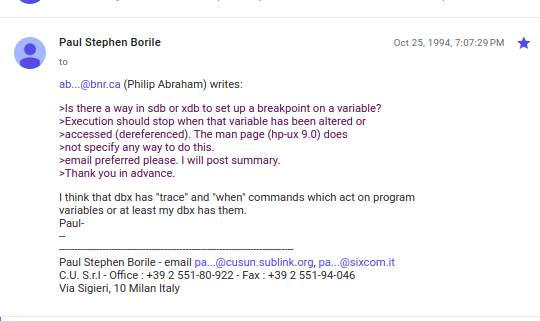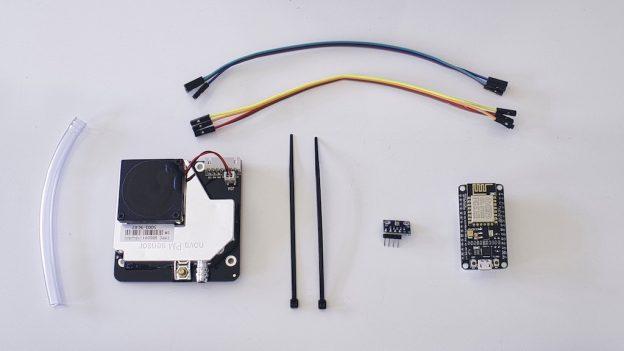
You’ve probably seen these acronyms around : SSG, SSR, MPA, SPA, PWA. Web design is getting complex and this tries to explain (with the help of other good content) what these acronyms mean :
- PWA : Progressive Web App, web apps developed using a number of specific technologies and standard patterns to allow them to take advantage of both web and native app features. Not sure if this is a web design pattern
- MPA : Multi Page Application, every operation requests data from server, receives a new page (html+css+js) and renders the data in the browser.
- SPA : Single Page Application, performs inside a browser and does not require page reloading during its use. Initial html+cs+js is obtained from the server and then all login is done in js browser side.More info here and here
- CSR : Client Side Rendering, all rendering happens in the browser. Use when UI is complex, lots of dynamic data, you need auth and SEO contents are not that many.
- SSR : Server Side Rendering, as the acronyms imply, renders content in the server and sends ready .html+js files to the browser. Browser still executes js to reload pages. Use when UI has little interactivity, when you need best SEO and faster loading.
- SSG : Static Site Generating, all pages are already generated and rendered server side.
There are several popular frameworks that can be used for static site generation (SSG) and server-side rendering (SSR).
For SSG, some popular options include Gatsby, Next.js, and Jekyll. These frameworks use a variety of technologies, such as React, Vue, and Ruby, to generate static HTML pages from dynamic content.
For SSR, some popular options include Express, Flask, and Hapi. These frameworks use Node.js and other technologies to generate the HTML for a page on the server and send it to the client.
Overall, there are many different frameworks available for both SSG and SSR, and the best choice will depend on the specific needs and goals of the project. It is important to carefully evaluate the features and capabilities of each framework to determine which one is the best fit for the project.


